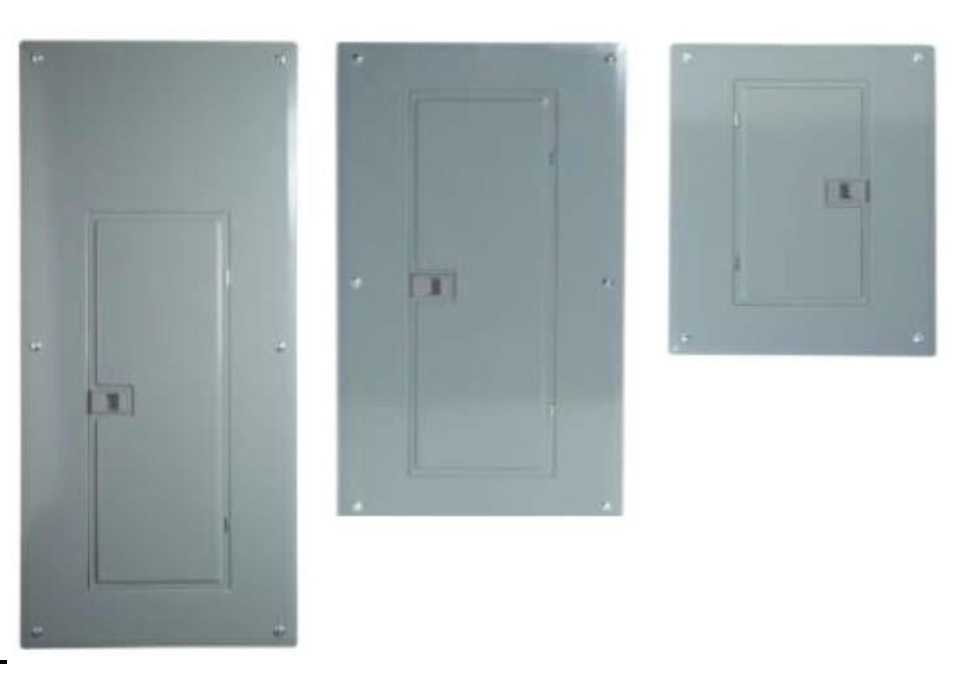bradleymattlin
Member
- Location
- Airville, PA
Hello everyone. Was curious has anybody seen where arc fault breakers are stacked together in a panel and causing a little discolor on the neutral wire on the breaker. Almost like those breakers together are creating enough heat to do this. Other branch circuits that aren’t near the arc faults are fine. Their is like 9 stacked together on both sides of the buss bar. Just seeing if anybody else has seen this. Thanks


